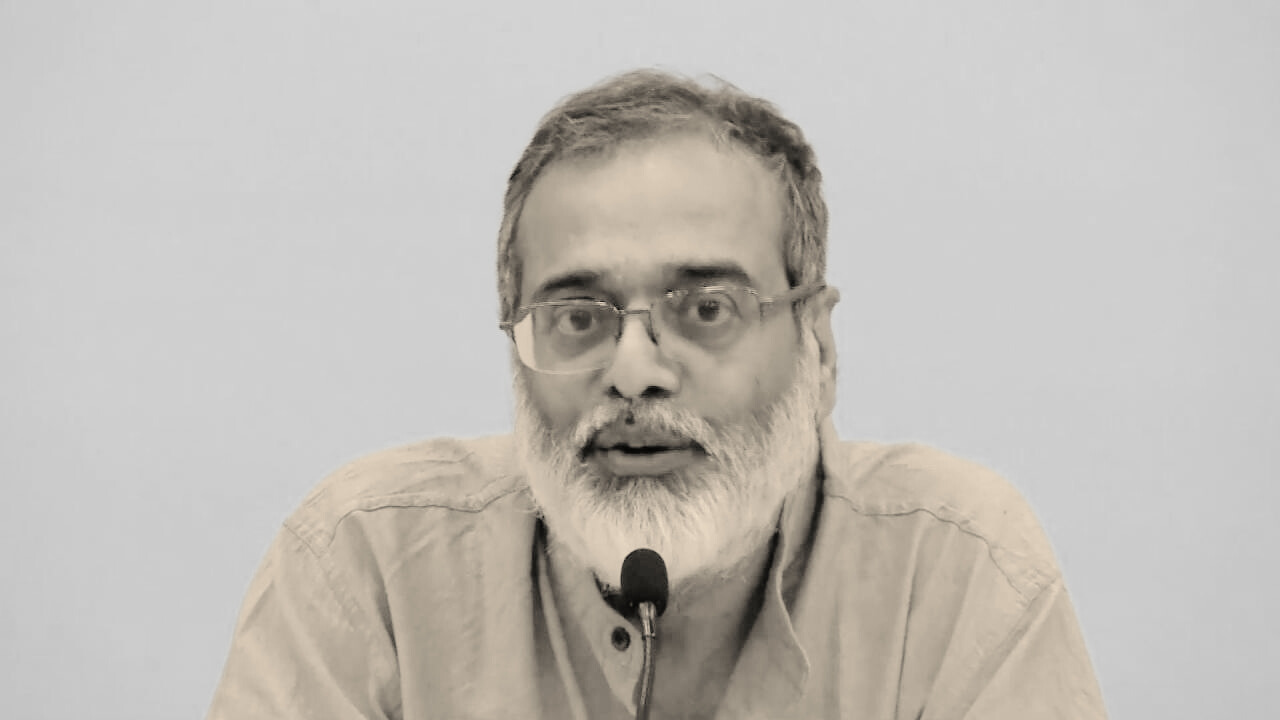The nexus between American businessman Neville Roy Singham and the world of Maoism and Chinese Communist Party influence has recently come under intense scrutiny. Accused of funding the dissemination of Chinese propaganda globally, Singham’s alleged involvement in shaping the narrative in favor of China has sparked a series of controversies and legal actions. This comprehensive analysis delves into the intricate web of Singham’s connections, his alleged funding activities, and their implications for global politics and media landscape.
Part I: Neville Roy Singham’s Affiliation with Maoism and the Chinese Communist Party
1.1 Singham’s Prolonged Affinity for Maoism
Neville Roy Singham‘s journey into the world of Maoism began long before the recent controversies. A deep admirer of Maoism, he has openly expressed his ideological alignment with the Chinese Communist Party. This section explores the roots of Singham’s fascination with Maoism and its implications.
1.2 Singham’s Relationship with the Chinese Communist Party
Singham’s alleged association with the Chinese Communist Party goes beyond mere admiration. Investigative reports and evidence suggest a more profound connection. This section examines the nature of Singham’s relationship with the Chinese Communist Party and its potential consequences.
Part II: The Controversies Surrounding Neville Roy Singham
2.1 The Enforcement Directorate’s Accusations
The Enforcement Directorate (ED) has played a pivotal role in the unfolding controversies surrounding Singham. This section delves into the accusations made by the ED, painting Singham as a “close confidant” of key individuals involved in disseminating Chinese propaganda.
2.2 The Arrest of NewsClick’s Leadership
The arrest of NewsClick’s editor-in-chief Prabir Purkayastha and Human Resources head Amit Chakraborty has raised significant questions. This section analyzes the implications of their arrest and their alleged connections to Neville Roy Singham.
Part III: The Web of Funding and Influence
3.1 The New York Times Investigation
A groundbreaking investigation by The New York Times unveiled a network of funding and influence orchestrated by Neville Roy Singham. This section explores the key findings of the investigation and their impact on Singham’s reputation.
3.2 Singham’s Influence Campaign
Singham’s alleged influence campaign spans various non-profit groups, media organizations, think tanks, and more. This section provides a detailed overview of the organizations and individuals allegedly influenced by Singham’s funding activities.
3.3 Code Pink’s Transformation
Code Pink, a feminist anti-war organization co-founded by Singham’s wife Jodie Evans, initially condemned China’s human rights violations against Uyghur Muslims but now defends their captivity. This section examines the transformation of Code Pink and its connection to Singham.
Part IV: The Implications for NewsClick and Media Landscape
4.1 NewsClick’s Incorporation of Chinese Propaganda
Citing emails and corporate filings, The New York Times claimed that NewsClick, funded by Singham, incorporated “Chinese government talking points” into its coverage. This section explores the impact of Singham’s alleged influence on NewsClick’s editorial stance.
4.2 Tricontinental’s Connection
Singham’s funding extended to organizations like Tricontinental, headed by Marxist historian and journalist Vijay Prashad. This section delves into the collaboration between Tricontinental and NewsClick and the ideological implications of Singham’s support.
4.3 Accusations of Promoting Leftist Ideology
Numerous agencies, including the Economic Offences Wing (EOW) and the ED, have alleged that Singham funded journalists to “promote Leftist ideology” and enhance China’s image. This section examines the accusations and their broader implications for media ethics.
Part V: The Email Exchange and Communist Party Connections
5.1 Incriminating Emails
Investigators claim that Singham exchanged incriminating emails about China with journalists, activists, and several Communist Party of India-Marxist (CPI-M) leaders. This section provides insight into the content and implications of these emails.
Conclusion
The controversy surrounding Neville Roy Singham’s alleged funding of Chinese propaganda and his connections to Maoism and the Chinese Communist Party raises profound questions about the interplay between ideology, influence, and global politics. This comprehensive analysis has shed light on the multifaceted nature of these controversies, their impact on organizations like NewsClick, and their broader implications for the media landscape and international relations. As investigations continue and legal actions unfold, the true extent of Singham’s influence and its consequences may become clearer, shaping our understanding of the evolving dynamics of global information warfare.

